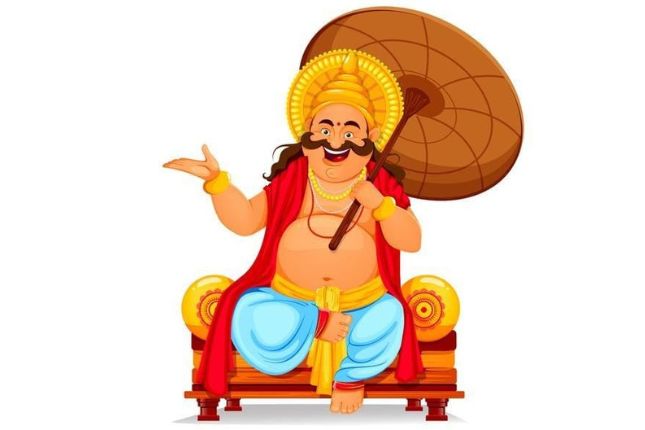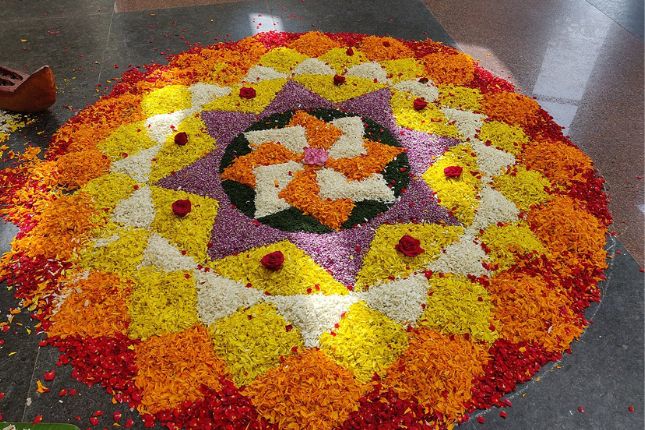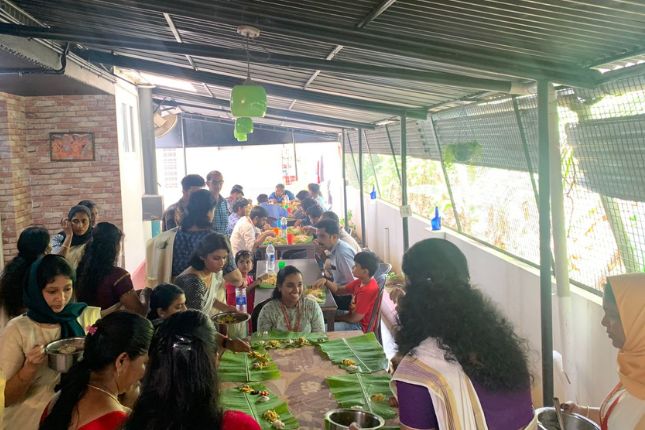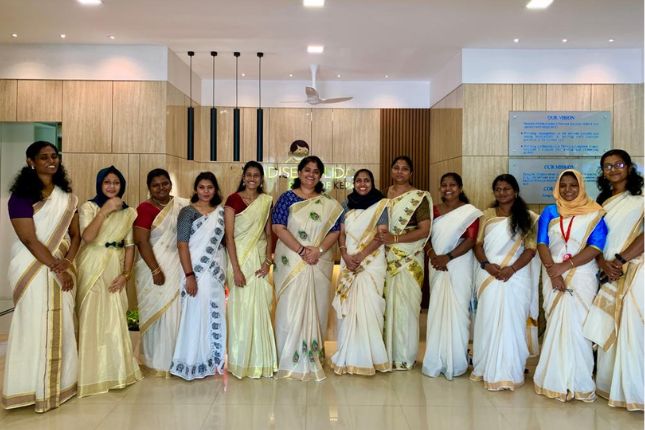Onam Festival: The Grand Harvest Celebration of Kerala
Kerala, often referred to as “God’s Own Country,” is renowned for its breathtaking natural beauty and vibrant cultural heritage. Among the numerous festivals celebrated in this southwestern state of India, Onam stands out as one of the grandest and most eagerly awaited. Rooted in the agrarian traditions of the region, Onam is a harvest festival that not only marks a bountiful yield but also signifies unity, prosperity, and a deep sense of cultural identity for the people of Kerala. With its colorful rituals, spirited performances, and delectable feasts, Onam embodies the rich tapestry of Kerala’s history and culture.
Historical Significance

Onam’s origins can be traced back over a thousand years to the golden age of Kerala’s history. According to legend, King Mahabali, a benevolent ruler who won the hearts of his subjects, is believed to visit his kingdom every year during Onam. It is a time when the people of Kerala celebrate his return and the prosperity he brought to their land. The festival also coincides with the annual rice harvest, making it an occasion for gratitude and rejoicing.
Traditions and Customs

The vibrant festivities of Onam span ten days, showcasing the diversity of Kerala’s culture and traditions. One of the most captivating aspects of the festival is the creation of the intricate floral carpet known as the “Pookalam.” Elaborate designs made from various colored flowers are carefully arranged on the ground to welcome King Mahabali. Each day sees the addition of new layers to the design, creating a visual spectacle that is both captivating and symbolic.
Another highlight of Onam is the exhilarating boat races known as “Vallamkali.” These races, often held in the backwaters of Kerala, showcase the state’s strong maritime heritage. Colorfully adorned snake boats, paddled by teams of rowers, compete with each other in a thrilling display of skill and teamwork.

Feasting plays a central role in Onam celebrations, with the traditional meal known as the “Onam Sadya” taking center stage. Served on a banana leaf, this elaborate feast consists of various dishes that capture the essence of Kerala’s culinary heritage. From crispy appams and flavorful aviyal to tangy sambar and sweet payasam, the Onam Sadya is a gastronomic delight that brings families and communities together.
Cultural Extravaganza
Onam is also a time for cultural performances that showcase Kerala’s rich artistic traditions. The traditional dance form, Kathakali, comes to life during the festival, as performers don elaborate costumes and intricate makeup to enact mythological stories and folk tales. Additionally, music concerts, folk dances like Thiruvathirakali, and various forms of theater contribute to the festive spirit, adding to the cultural vibrancy of the celebration.

Conclusion
Kerala’s Onam Festival is a testament to the state’s deep-rooted connection with its agrarian heritage and cultural identity. It is a time when the people of Kerala come together to celebrate the harvest, honor their history, and express their shared sense of community. From the mesmerizing Pookalam designs to the thrilling Vallamkali races and sumptuous Onam Sadya, every aspect of the festival reflects the state’s unique traditions and vibrant spirit. As Onam continues to be celebrated with zeal and enthusiasm year after year, it holds a special place in the hearts of Keralites and serves as a reminder of the rich tapestry of their culture and history.
